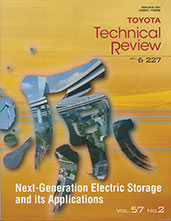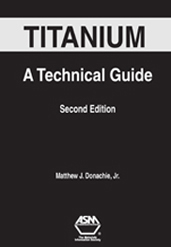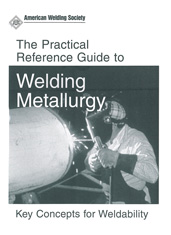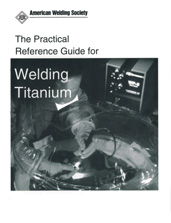Book

Vehicle Manufacturers in the Race for Environmental Success
2008-12-01
This ground-breaking new report from ABOUT Automotive assesses to what extent the automotive industry has started to clean up its act, and reduce its environmental impact. The report tackles two clear problems; the damage we are causing to the planet (climate change), and the fact that we, as a society, are dependent on a finite resource (peak oil). The report also assesses the industry’s response to the answer to these two problems – a reduction in energy use and a switch to sustainable renewable energy sources. Central to this new research is the exclusive “Green ranking.” The 12 leading vehicle manufacturers are individually assessed, and ranked according to a variety of criteria – using examples of best practice as benchmarks. The vehicle manufacturers covered are: • BMW • Daimler • Fiat • Ford • GM • Honda • Hyundai • Nissan • PSA • Renault • Toyota • Volkswagen The activities, attitudes and strategies of the 12 vehicle manufacturers are also charted.



















